

Learn about the two-dimensional shapes that make up our world.

Author
Tess Loucka
Updated
May 2024


Learn about the two-dimensional shapes that make up our world.

Author
Tess Loucka
Updated
May 2024

Learn about the two-dimensional shapes that make up our world.

Author
Tess Loucka
Updated
May 2024

Key takeaways
Did you know 2D shapes, or two-dimensional shapes, are all around us? From video games to art work, there are 2D shapes everywhere you look!
Understanding 2D shapes, the way they work, and their properties is an essential part of math education. Understanding the foundations of geometry gives students the knowledge and confidence they need to get ahead in various fields, including science, medicine, visual arts, design, architecture, landscaping, and so on!
There is an endless variety of 2D geometric shapes, but we’ll take a look at the names and properties of some of the most common, starting with the basic shapes and moving on to more complex ones.
But first, what exactly is a 2D shape?

Two-dimensional shapes are figures with only two dimensions: width and length. They exist on a flat plane with no depth or thickness.
We are constantly surrounded by 2D shapes, whether we’re walking in nature or sitting in a classroom. Breathtaking geometric shapes and patterns are found in nature, often inspiring human lifestyle, fashion, and design.
Snowflakes always have 6 points, making them natural examples of hexagons, along with honeycombs and the amazing basalt columns in Iceland.
How about printed text? The letter o is a 2D circle. And what about the letter A? There’s a 2D triangle hidden inside!
Overall, 2D geometric shapes help us to better understand our world. Their use helps us create 2D drawings, represent real-world objects, and, very importantly, visualize math problems.
Unlock unlimited math questions
Put your skills to the test with fun exercises + math games that are proven to boost ability!
Try DoodleMath for free!
Select a grade
While there is an endless variety of 2D shapes in the world (thanks to the versatility of polygons), there are eight very common types of 2D shapes that everyone should know.
A square is a 2D shape with four 90-degree angles and four equal sides. Squares are quadrilaterals because they have four sides, four angles, and four vertices. Squares are also parallelograms because they have two pairs of parallel sides.
Squares can be found on a chess board and in hopscotch. Squares are also commonly used in the calculation of land area in construction, farming, and real estate.
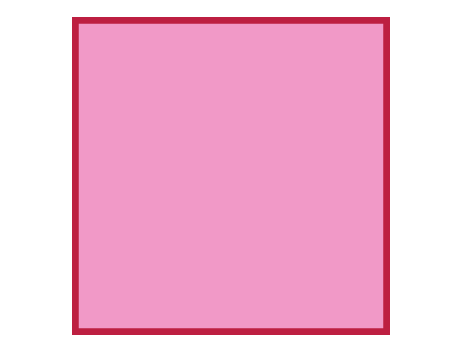
A rectangle is a 2D shape that has four 90-degree angles and two pairs of equal, opposite sides. Rectangles are quadrilaterals because they have four sides, four angles, and four vertices. Rectangles are also parallelograms because they have two pairs of parallel sides.
Rectangles exist in the shape of a book cover, a TV or laptop screen, keys on a piano, and a chocolate bar. When looking at the side of a building, bricks are another example of rectangles.
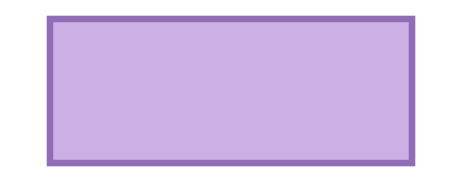
A circle is a 2D shape with one curved side and no angles.
Circles are used to represent planets, the sun, and the moon. Circles also exist in the shape of a coin, the pupil in your eye, the side of a lollipop, or a yo-yo.
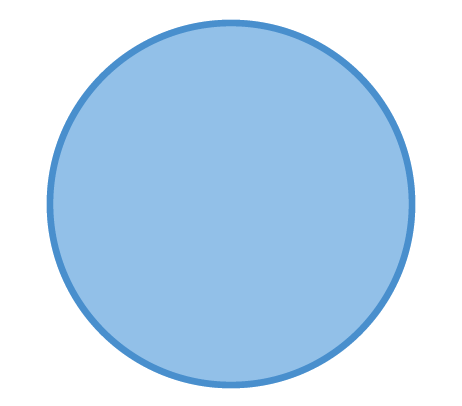
A triangle is a 2D shape that has three sides and three angles.
Triangles are the shape of the sides of the Great Pyramids of Giza, sails on a sailboat, a slice of watermelon, and many traffic signs. They are an essential part of both ancient and modern architecture.
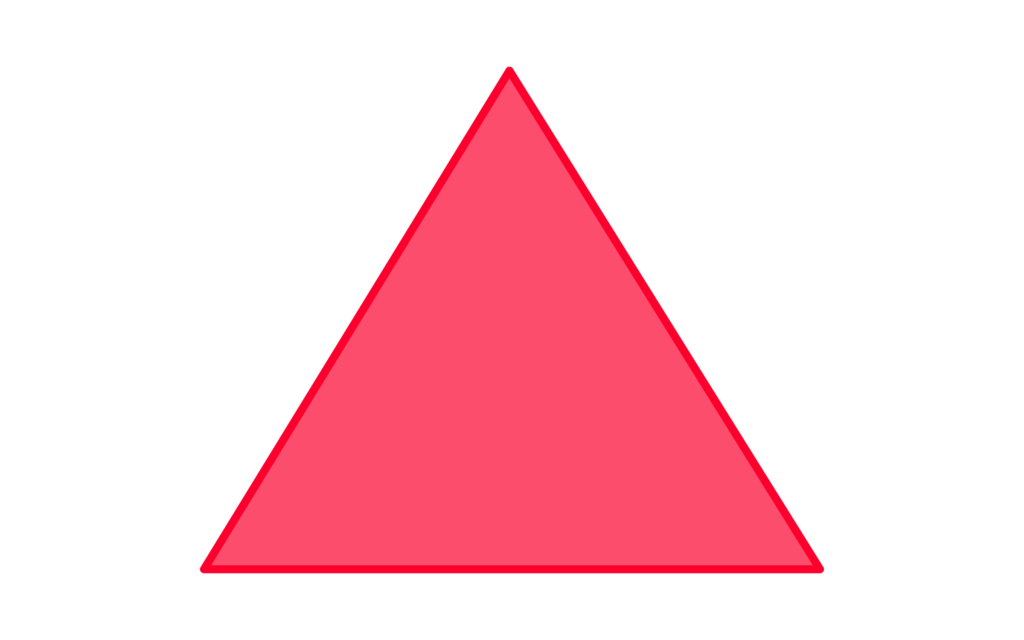
A hexagon is a 2D shape that has 6 sides and 6 angles.
Hexagons are commonly found in nature in the shape of snowflakes, honeycombs, and rock formations.
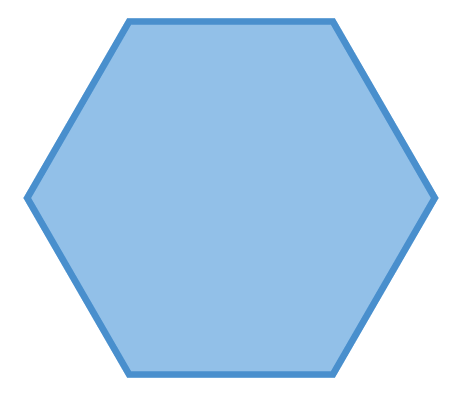
A rhombus is a 2D shape with four equal sides and two pairs of equal, opposite angles. Rhombuses are quadrilaterals because they have four sides, four angles, and four vertices. They are also parallelograms because they have two pairs of parallel sides.
These shapes can be found on playing cards and jewelry and a similar to diamond and kite shapes.
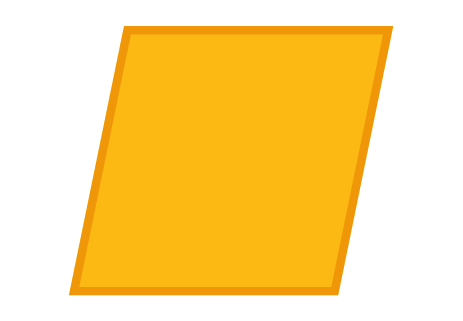
A trapezoid is a 2D shape that has four sides and only one pair of parallel sides. Trapezoids are quadrilaterals because they have four sides, four angles, and four vertices.
Trapezoids can be found in the shape of a lampshade, a purse, a bridge, and the wing of a plane.
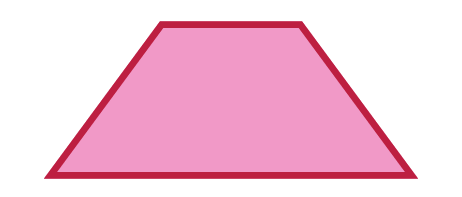
A parallelogram is a 2D shape that has two pairs of parallel sides.
It’s often used to represent objects in the real world, such as doors or windows.
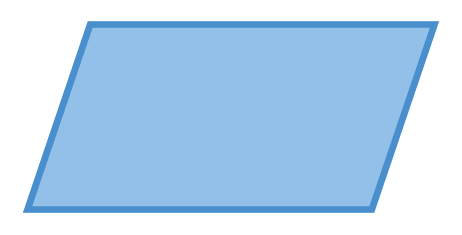
Want to learn more about 2D shapes? DoodleMath is an award-winning math app that’s proven to double a child’s rate of progression with just 10 minutes of use a day!
Filled with fun, interactive questions aligned to state standards, Doodle creates a unique work program tailored to each child’s needs, boosting their confidence and skills in math. Try it free today!


There are three classifications of 2D shapes:
Circles and ovals are examples of regular shapes, but they are not polygons since they are not made with straight sides.
For a shape to be a 2D shape, it must have these three properties:
Understanding and identifying 2D shapes takes some practice. For more help with 2D shapes, spend time completing practice questions through a certified math practice app or website.
Kindergarten-age children are taught to answer the question, “What are 2D shapes?” often with the help of blocks and visual demonstrations.
By 1st grade, students are taught about more complex 2D geometric shapes and are introduced to polygons, regular shapes, and irregular shapes.
When students take their first geometry courses in middle school, they will already be very familiar with 2D shapes and can begin using them to solve advanced problems.

Parents, sign up for a DoodleMath subscription and see your child become a math wizard!

Book a chat with our team
If you’d like to use Doodle’s browser version, please visit this page on a desktop.
To log in to Doodle on this device, you can do so through our apps. You can find out how to download them here: